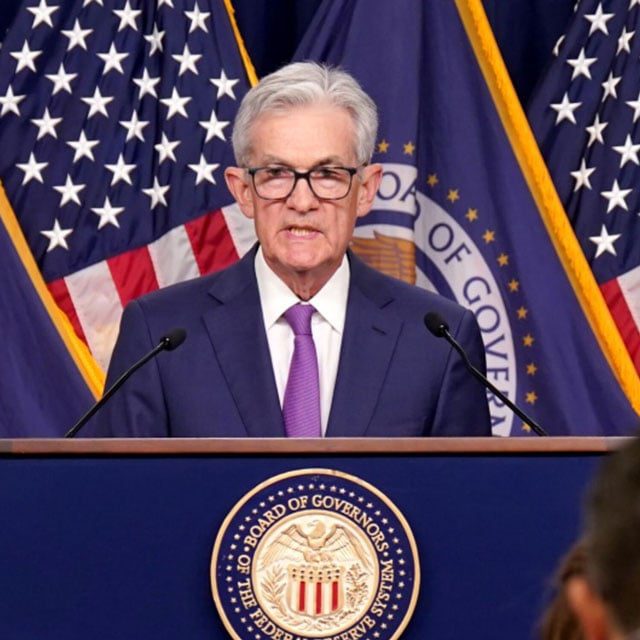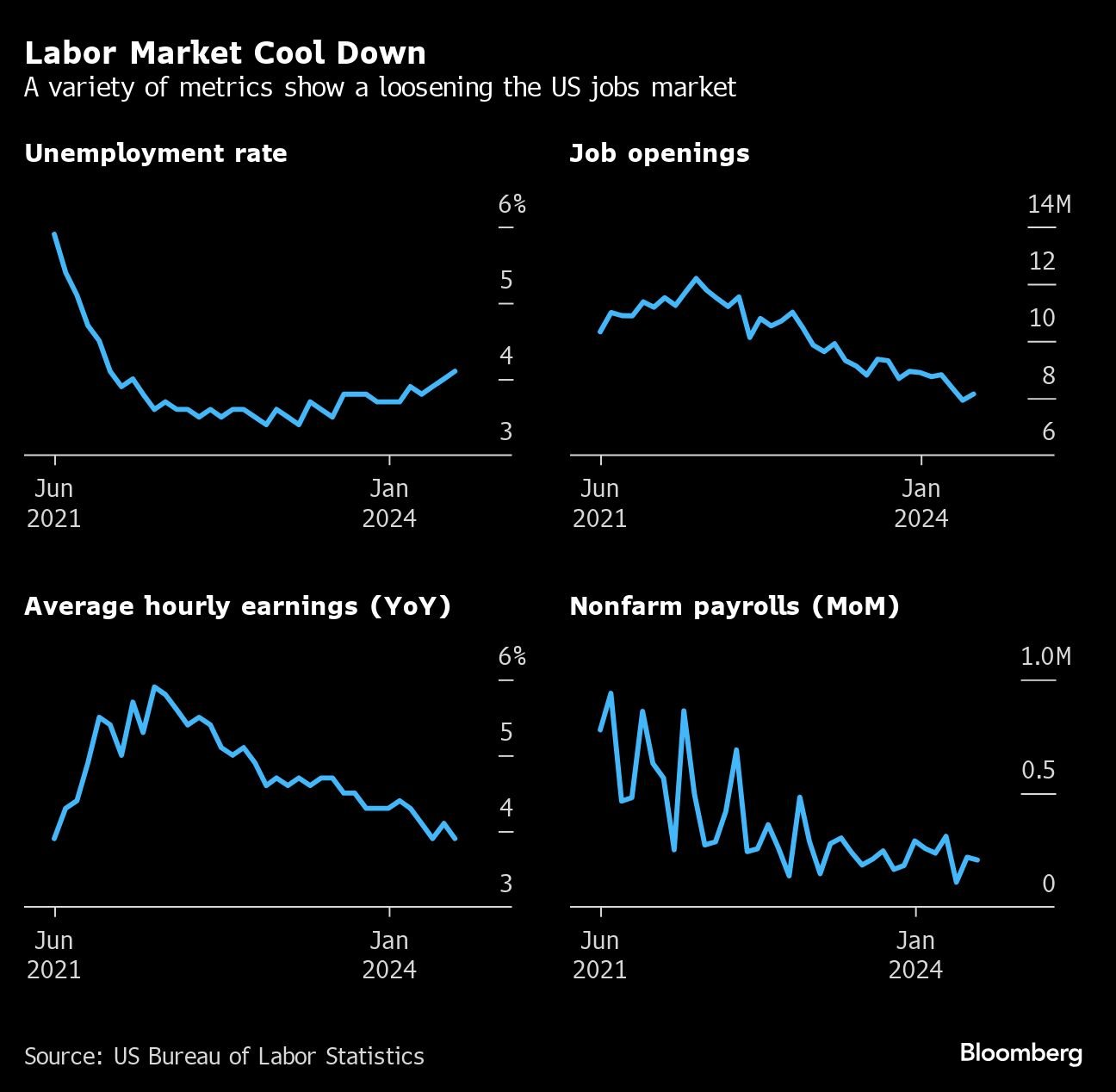Fed Prepares for September Cut as Powell Shifts Focus to Jobs

What You Need to Know
But Fed officials still want to see price numbers trending down toward their 2% annual inflation goal before they fully commit to the cut.
Most officials haven’t said when the first cut will likely happen, but many marketwatchers have interpreted their comments as signaling a September move.
Former President Donald Trump said the Fed shouldn’t cut rates prior to the election.
For more than two years, inflation has eclipsed everything else at the Federal Reserve. In a shift eagerly awaited by global markets, that’s poised to change.
U.S. central bankers are ready to cut interest rates in September amid growing confidence that price stability is within sight — while risks to the labor market have grown. They’ve laid the groundwork for the coming move in speeches over recent weeks, and Chair Jerome Powell will likely flag it more explicitly after a policy meeting on July 30-31.
It’s not quite a done deal.
Fed officials still want to see monthly price numbers continuing to trend down toward their 2% annual inflation goal before they commit to lowering borrowing costs from a two-decade high. But Powell and his colleagues are also determined not to squander the chance of sticking a soft landing for the U.S. economy, which is showing at least a few signs of losing steam.
“It’s not just about getting inflation down,” Powell told House lawmakers on July 10. “We need to be mindful of where the labor market is.”
The Fed’s preferred inflation gauge has eased to 2.6%, and the once overheated labor market has cooled to pre-pandemic levels. While officials continue to describe the labor market as strong, they have also said it may be nearing a turning point, with a steady decline in vacancies and a gradual pickup in unemployment.
“I do believe we are getting closer to the time when a cut in the policy rate is warranted,” Fed Governor Christopher Waller said Wednesday. The labor market is in a “sweet spot,” he said, but the Fed needs to keep it there.
“There is more upside risk to unemployment than we have seen for a long time,” he added.
Most officials have stopped short of saying when the first cut will likely happen, but economists and investors have interpreted their comments as signaling a September move.
“There is strong momentum within the committee to lower rates in September,” said Jonathan Pingle, chief U.S. economist for UBS Group AG. “You are seeing cooling in a lot of areas of the labor market where there has been strength.”
San Francisco Fed President Mary Daly said in an interview that cracks in the job market are not so severe that they require immediate action. Still, policymakers acknowledge that things can turn fast.
“We don’t want to be to a point where we start to see the labor market weaken substantially — to falter — because by then, it is actually often too late to bring it back,” Daly said.
The number of job openings to unemployed workers, which hit a record high in the post-Covid period, has fallen back to 2019 levels. Hiring, while still solid, has slowed and become more concentrated in a handful of industries.

The jobless rate has climbed in each of the past three months and reached 4.1% in June — still historically low, but the highest since 2021 — and wage gains have slowed. Fed Governor Lisa Cook, speaking July 10, said the Fed is “very attentive” to the unemployment rate and would be “responsive” if it worsened.
Consumer Slowdown
The rebalancing in the labor market has been accompanied by a moderation in consumer spending, as high prices and borrowing costs weigh on Americans.




